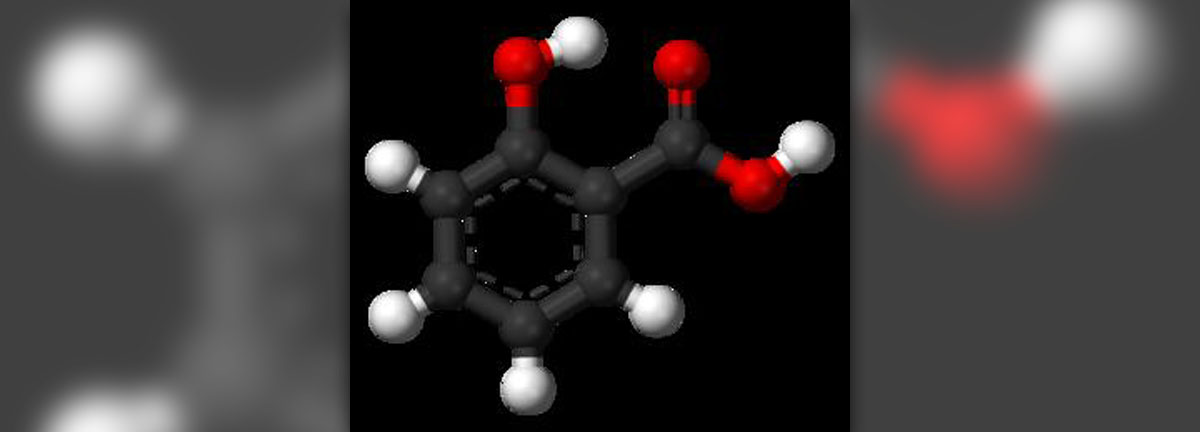
Salicylate Poisoning
Salicylates are certain types of substances which can befound in Aspirin and some food items. Due to the contents of salicylates, somepeople need to avoid Aspirin as well as certain other medications which maycontain it, such as naproxen, diclofenac or ibuprofen. Salicylates may be heldresponsible for urticaria, wheezing and a vast array of other similar symptoms.Some people need to follow a diet which is low on salicylates for quite sometime before the symptoms get improved. Such people need to avoid foods whichare characterized by high to moderate contents of salicylates. Foods whichcontain only low amounts of salicylate may always be consumed freely in normalamounts. Once the symptoms improve, the person may start gradually reintroducingsome food items rich in salicylates. This is the best way of establishing acertain tolerance level to salicylates. Salicylate poisoning is a term used incases of chronic or acute toxic accumulation of salicylate. There are both oraland topical sources of salicylates. Oral ones include liquids, pills, methylsalicylate and numerous food items, while the topical ones may includedifferent types of keratolytic agents. Salicylate overdose is known fortriggering a metabolic acidosis by means of ATP hydrolysis, ketoacidosis andorganic academia. It may also be associated with respiratory alkalosis bystimulating the respiratory center directly in the brainstem. Salicylateoverdoses are also commonly associated with hypokalemia due to increasedurinary excretion of potassium and different sorts of gastrointestinal losses.
Symptoms
Mild cases may be involved in dizziness, lethargy, tinnitus,nausea and vomiting. Neurological manifestations of salicylate poisoning mayinclude death, malignant cerebral edema, coma, tinnitus, lethargy,hallucinations, confusion and agitation. There are also certain respiratorymanifestations which may also be induced by salicylate poisoning and thoseinclude adult respiratory distress syndrome, noncardiogenic pulmonary edema,apnea, hyperpnea and tachypnea. This type of poisoning may also sometimestrigger certain types of cardiovascular manifestations such as heart failure,ventricular arrhythmias and supraventricular arrhythmias. Possible gastrointestinalmanifestations induced by salicylate poisoning include oropharyngeal burns,peptic ulcers accompanied by perforation or bleeding, hematemesis, vomiting andabdominal pain. Salicylate poisoning may also be held responsible for anincreased bleeding tendency as the singular type of hematologic manifestation.Other manifestations of salicylate poisoning may include hyperthermia, acuterenal failure, rhabdomyolysis, hematemesis, hypokalemia, hyponatremia,hypernatremia, hypocalcemia, thrombocytopenia, abnormal blood coagulation,disseminated intravascular coagulation, renal failure, non cardiac pulmonaryedema, disorientations and convulsions. Salicylate poisoning may also bedangerous for being associated with certain further medical complications suchas hemodialysis triggered by aspiration, pulmonary edema, respiratory distress,chronic renal failure, acute renal failure or continued neurologicaldeterioration. Another possible complications is a serious medical conditionknown as the cerebral edema.
Treatment options
The most commonly used treatment method for salicylatepoisoning is the syrup of ipecac. It is very efficient in inducing vomiting butit may also be involved in certain types of contraindications such as thesignificant risk of aspiration, convulsions and coma. Another useful method forthe treatment of salicylate poisoning is gastric lavage which involvesinsertion of a large tube for the suction of the stomach contents. Lavage needsto be accompanied by injections of saline. It may also be involved in certaincontraindications such as convulsions, coma and unprotected airways. The thirdoption for the treatment of those who suffered a salicylate poisoning is anoral administration of activated charcoal along with sorbitol. This method mayalso be associated with certain types of contraindications such as obstructionsand poor gastrointestinal motility.
Foods with a High Salicylate Content
There are certain types of food which contain rather highamounts of salicylate and they need to be avoided. These include various grainssuch as corn, and seeds and nuts such as the sesame seeds, walnut, peanut,almond, pistachio, pine nuts, macadamia nuts, Brazil nuts, chestnuts andcoconuts. Other risky types of foods include vegetables such as gherkin,radish, peppers, olives, courgette, marrow, chili peppers, watercress,tomatoes, sweet potatoes, spinach, parsnips, cucumber, broccoli, broad beansand aubergine. Certain types of fruit are also known for having large amountsof salicylate and those include grapes, dates, sultanas, currants, apricots,strawberries, pineapple, pulm, peach, tangerine, mandarin, oranges, grapefruit,cherries, melon, avocado, apples and all sorts of berries. Wines, fruit juices,cordials, fruit teas, herbal teas and coffee are on the list of drinks thatneed to be avoided as well. Other risky foods with significantly high amountsof salicylate include yeast extract, honey, white pepper, black pepper,vanilla, nutmeg, caraway, bay leaf, basil, cider vinegar, wine vinegar, thyme,turmeric, tarragon, sage, rosemary, paprika, mustard, mint, liquorice, ginger,curry, cloves, cinnamon, celery powder and all sorts of spices and herbs. Foodswith a moderate level of salicylate include cola drinks, sunflower seeds, pecannuts, hazelnuts, turnip, sweet corn, pumpkin, potato, onion, mushrooms, greenbeans, cauliflower, lettuce, carrot, beetroot, asparagus, pear, kiwi, rhubarb,mango, lemon and figs.
Foods with a Low Level
Food items with low levels of salicylate include water, ricemilk, soy milk, milk, decaffeinated coffee, yogurt, cheese, butter, chocolate,margarine, sunflower oil, sugar, cashew nuts, soy sauce, sea salt, maltvinegar, eggs, poultry, shellfish, fish, meat, wheat, rye, rice, oats, barley,leeks, peas, garlic, Brussels sprouts, peeled potato, beans, lentils, celery,cabbage and bananas.



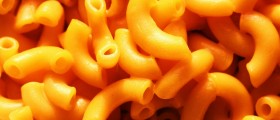

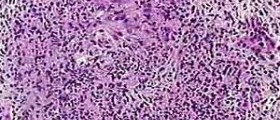

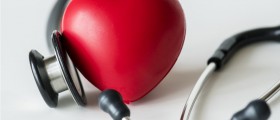
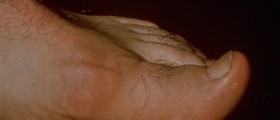






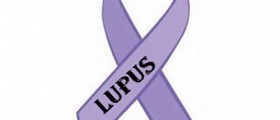

Your thoughts on this
Loading...